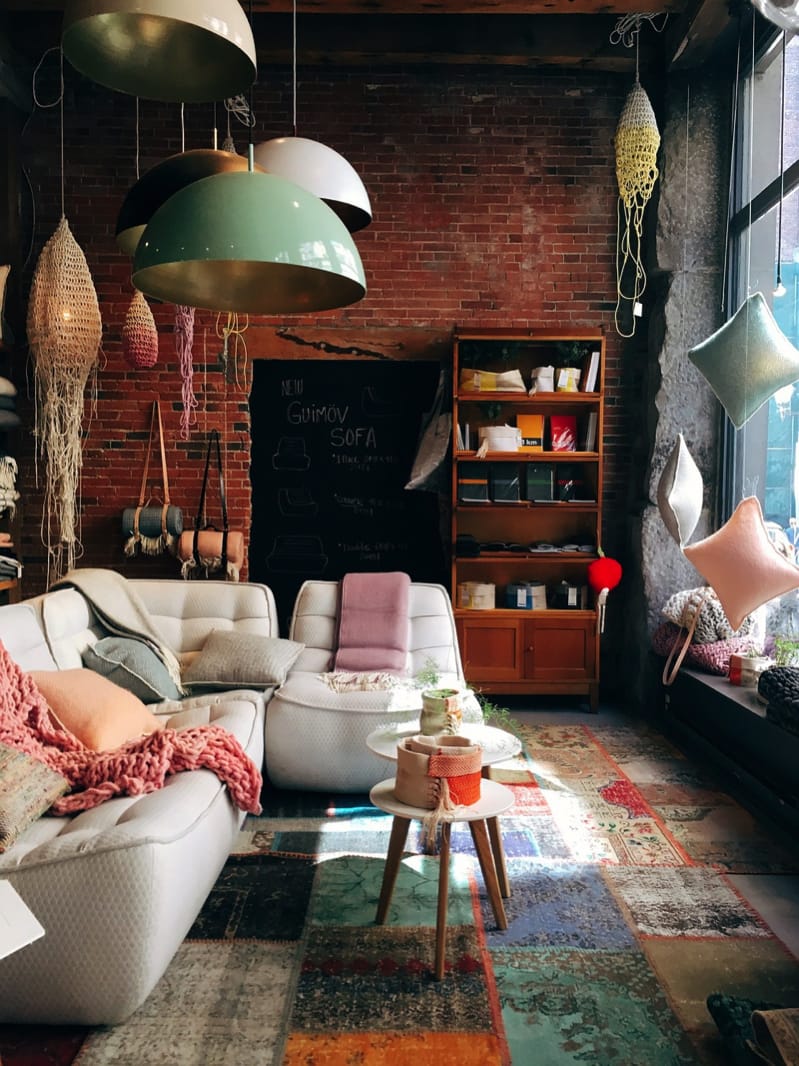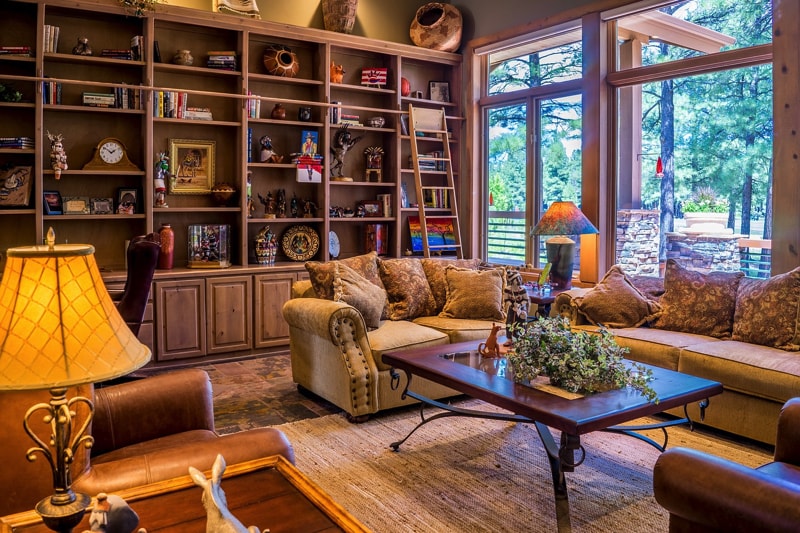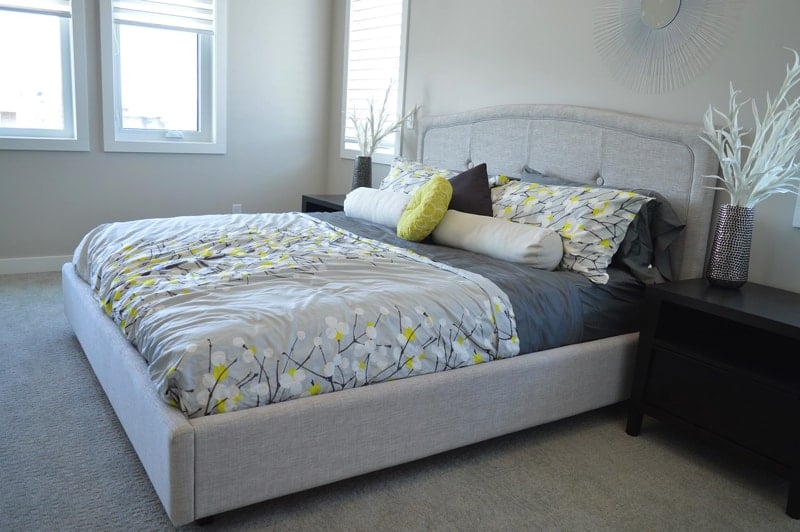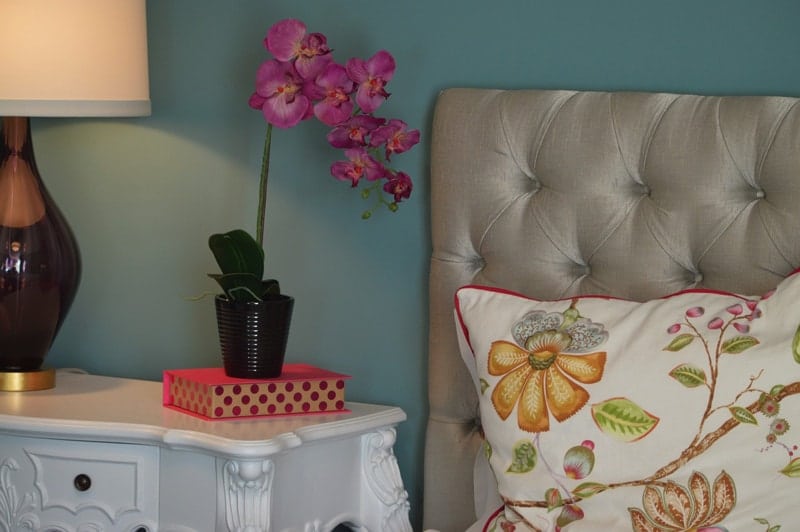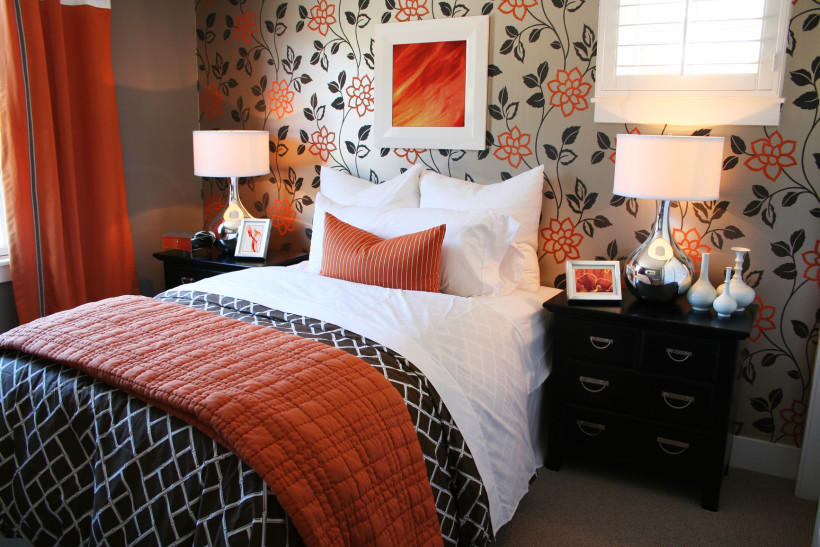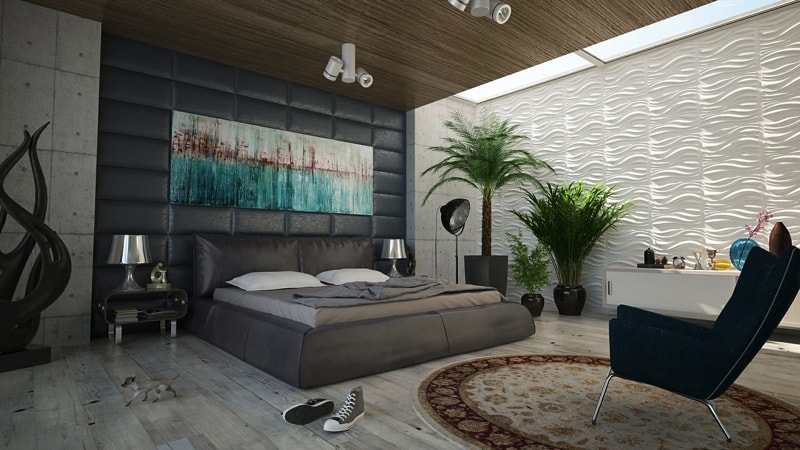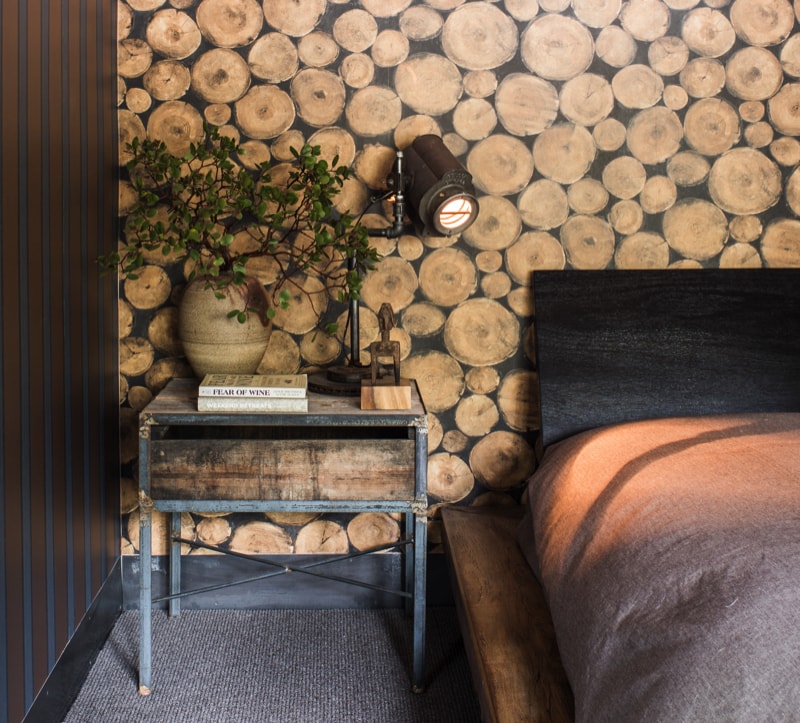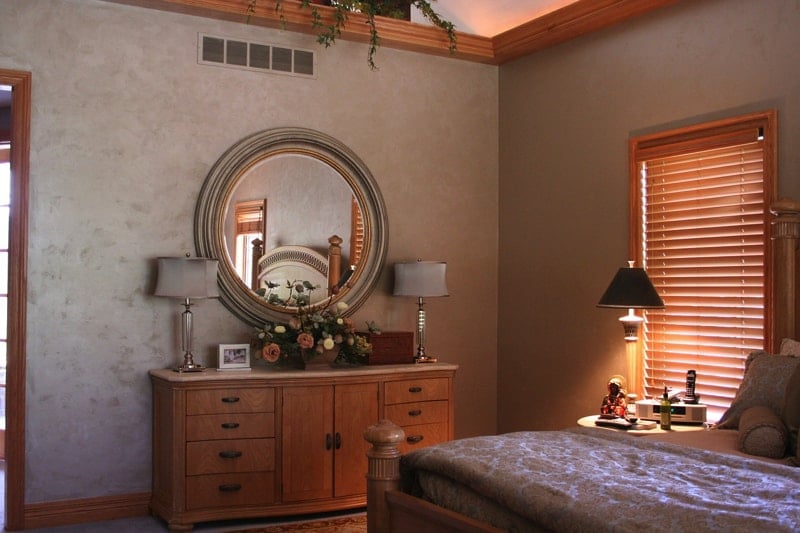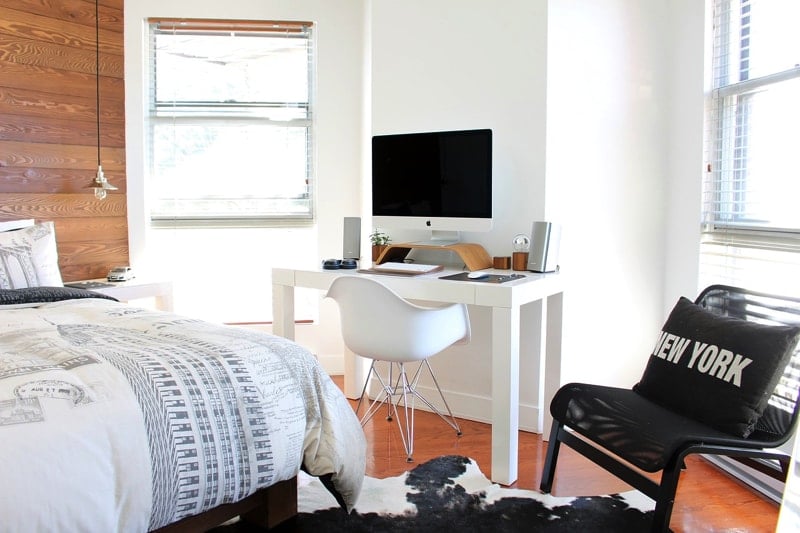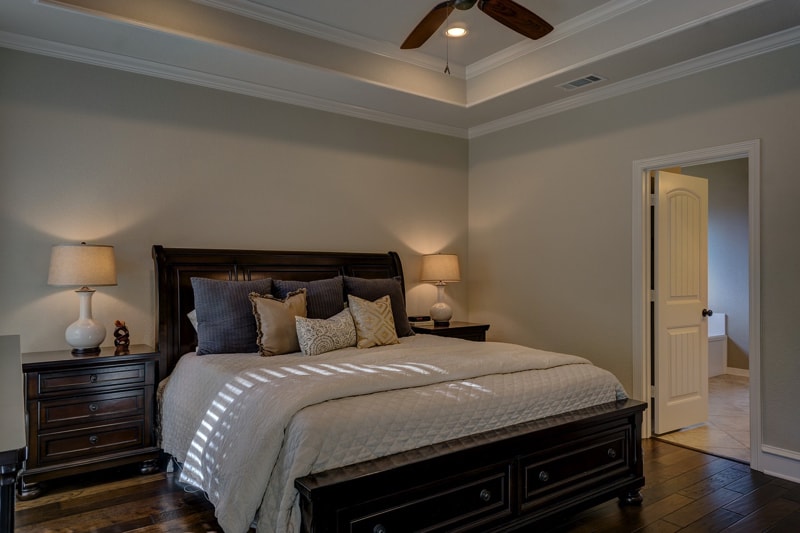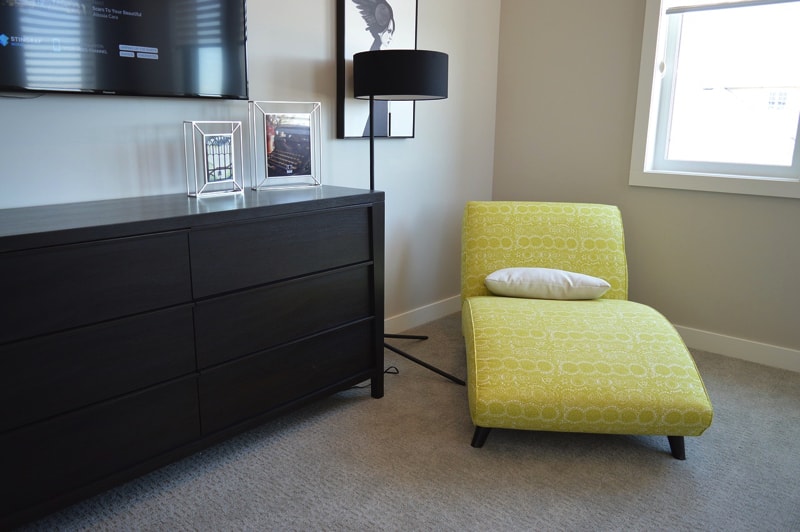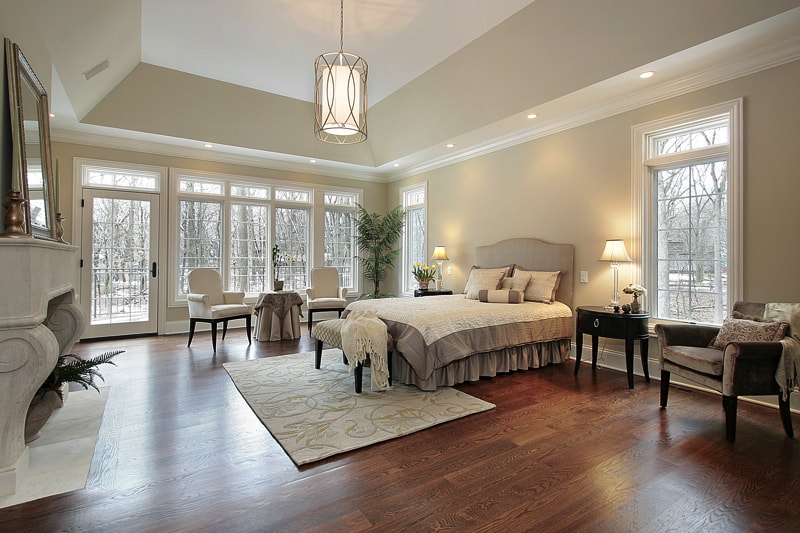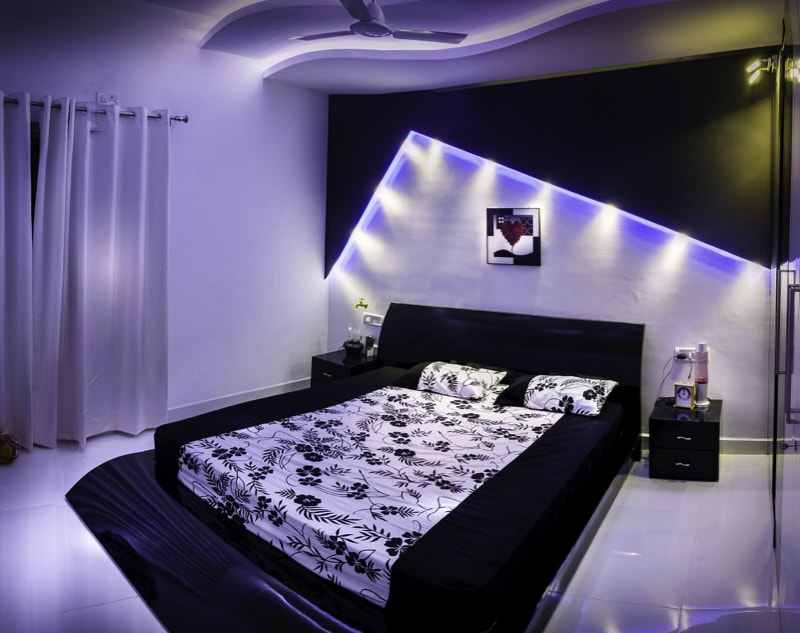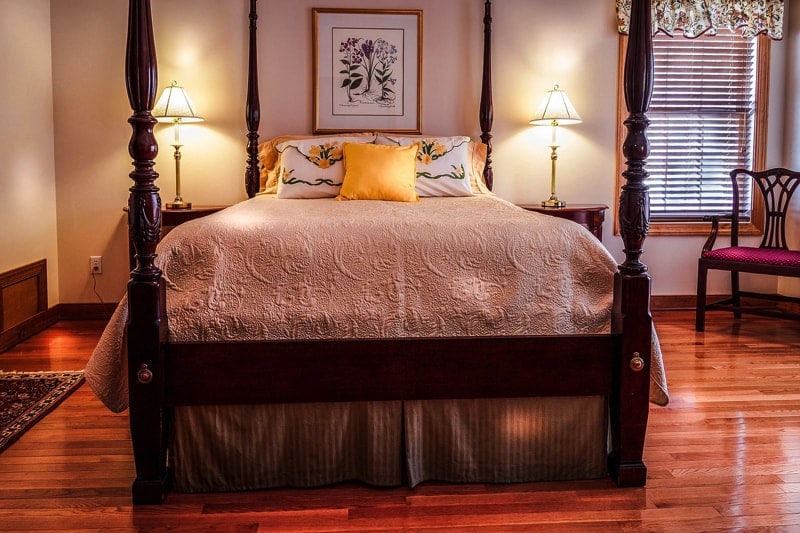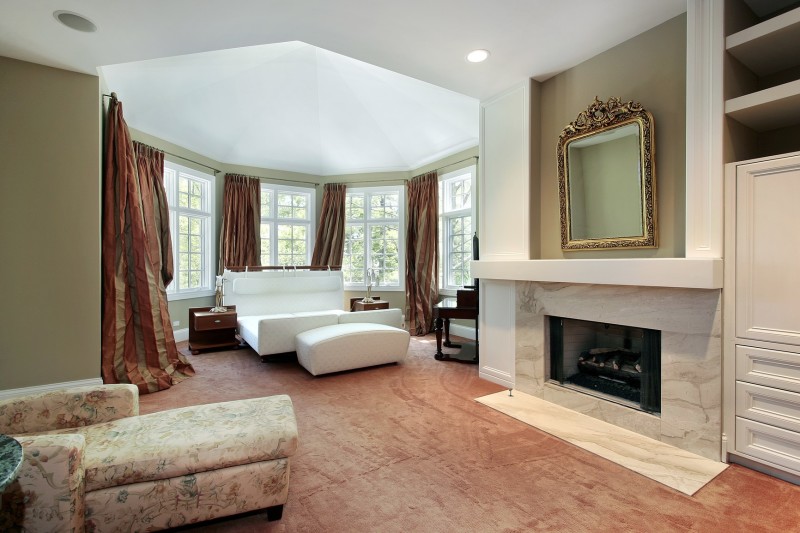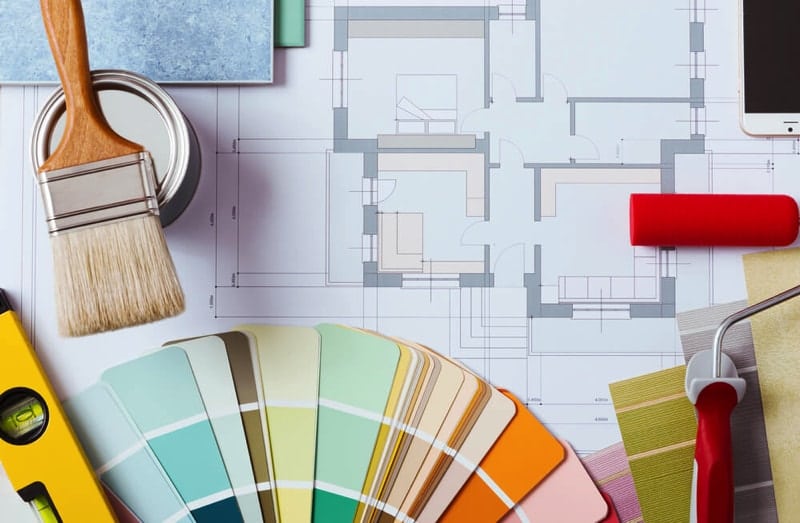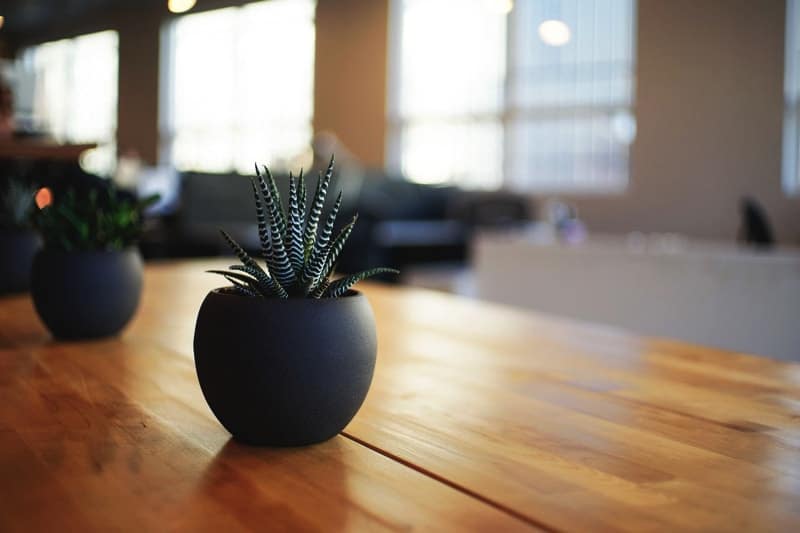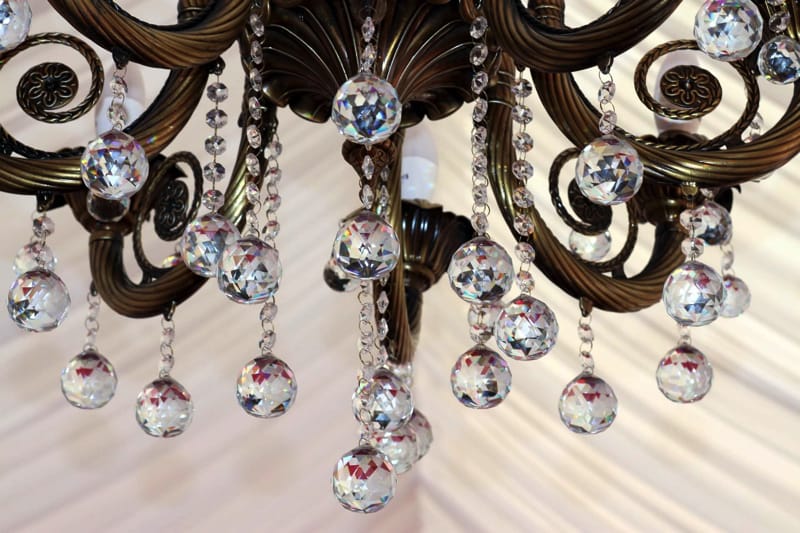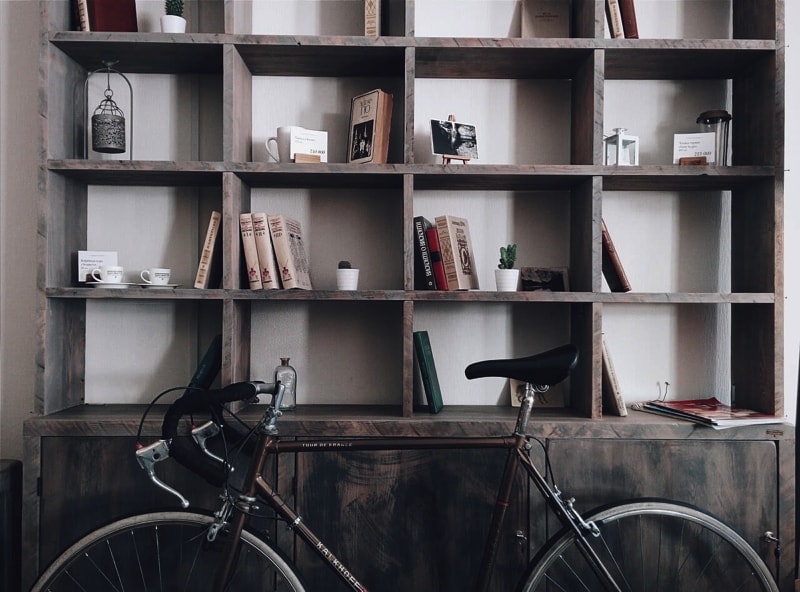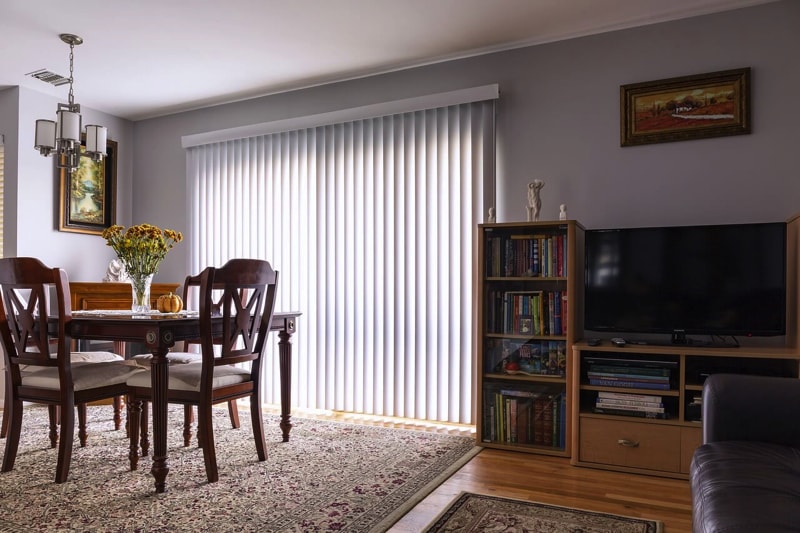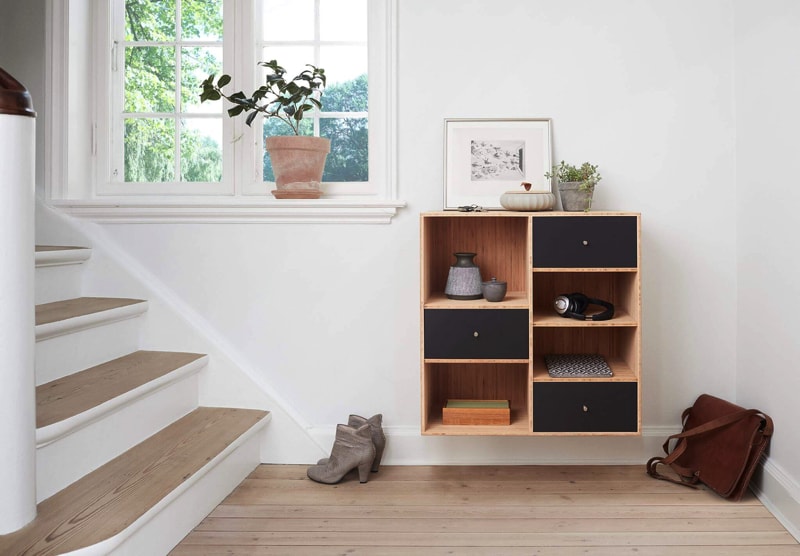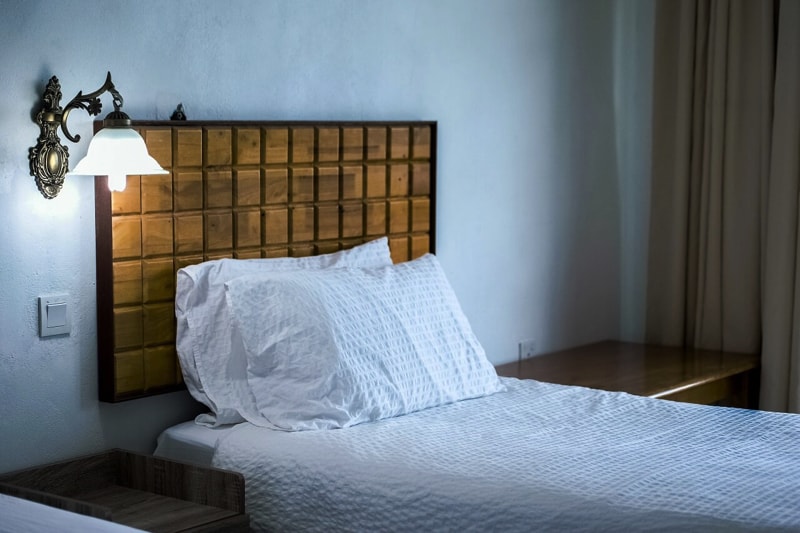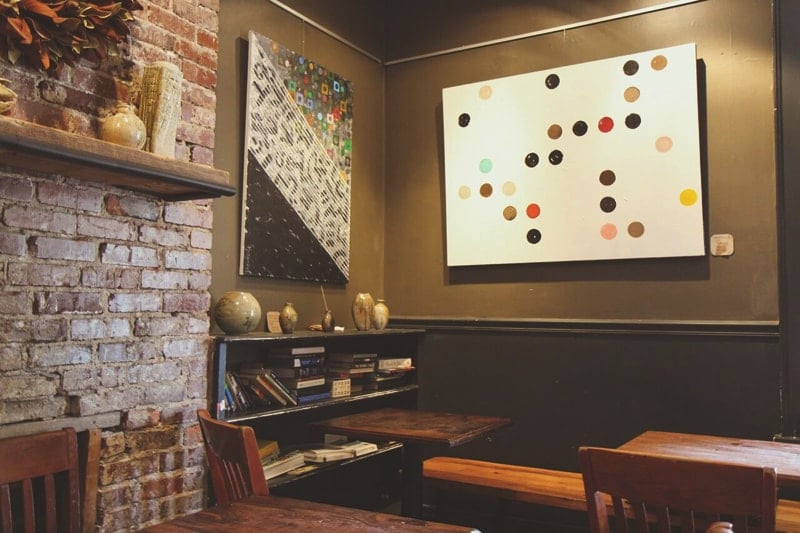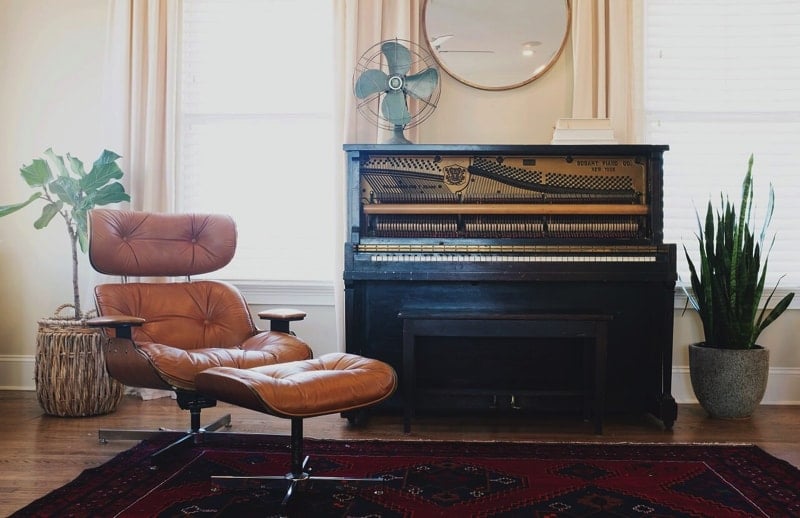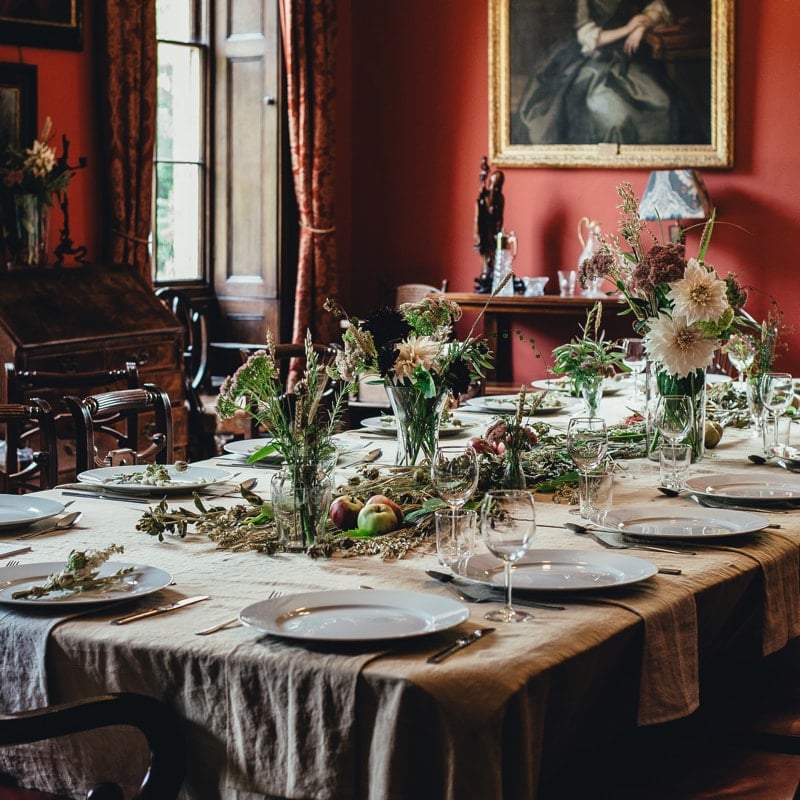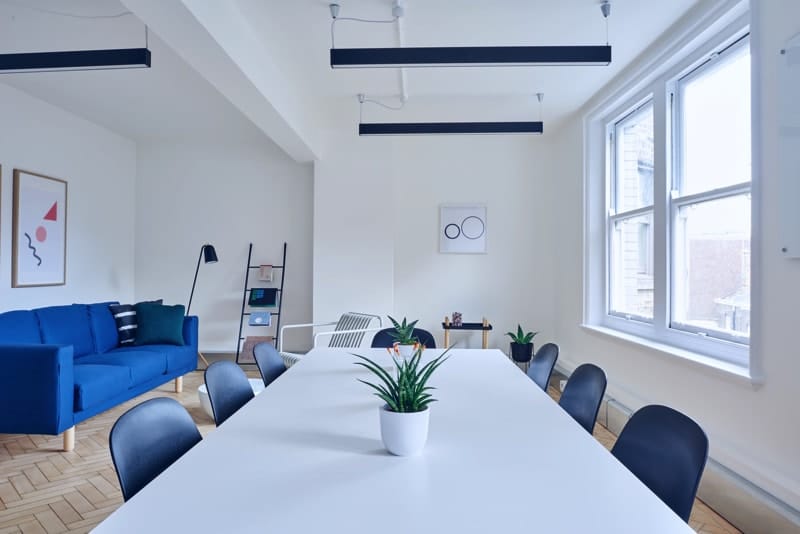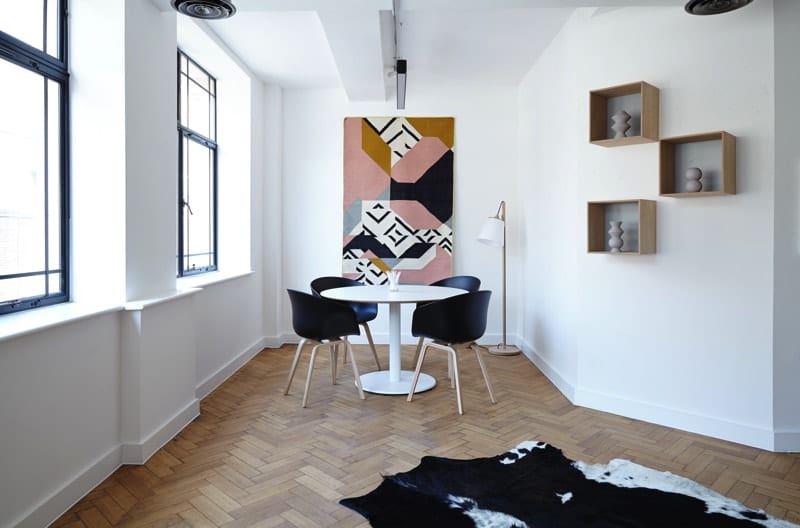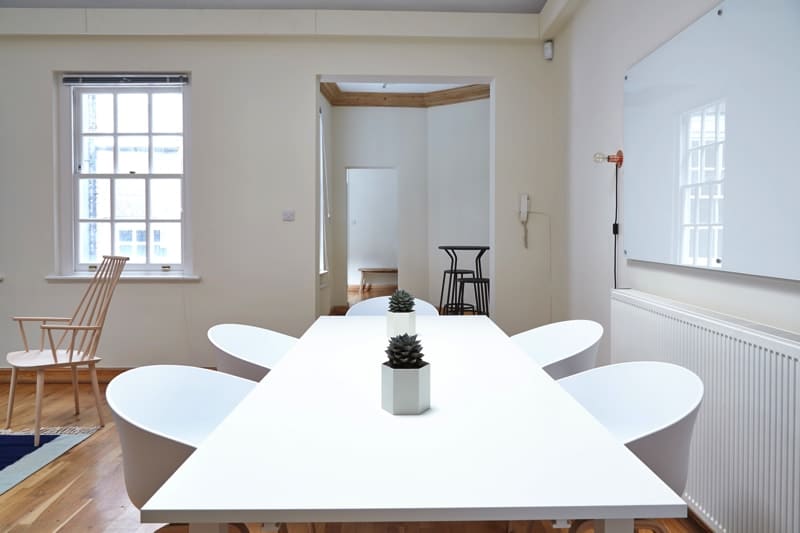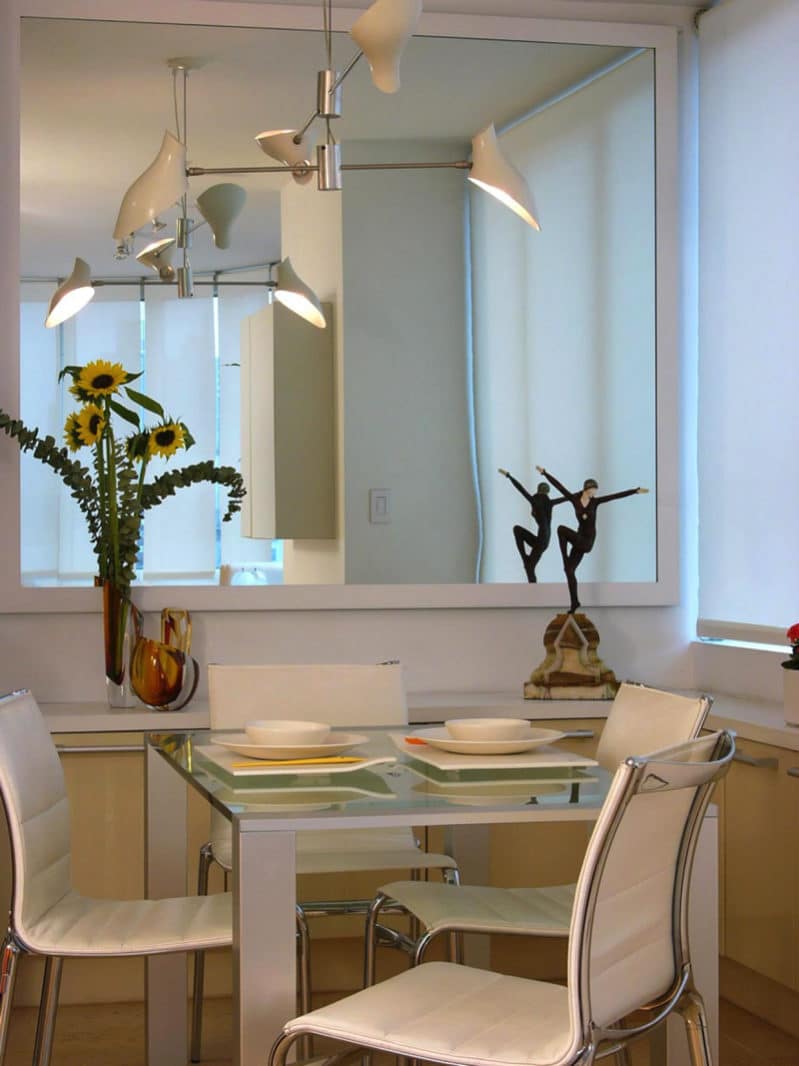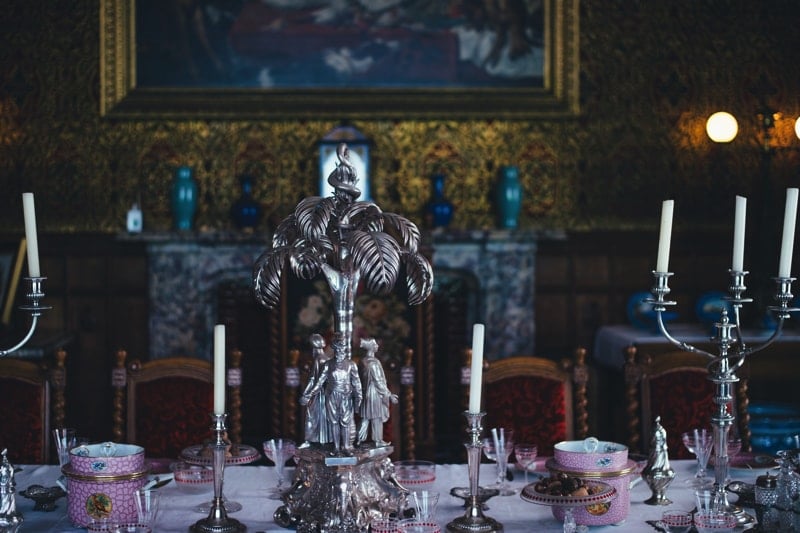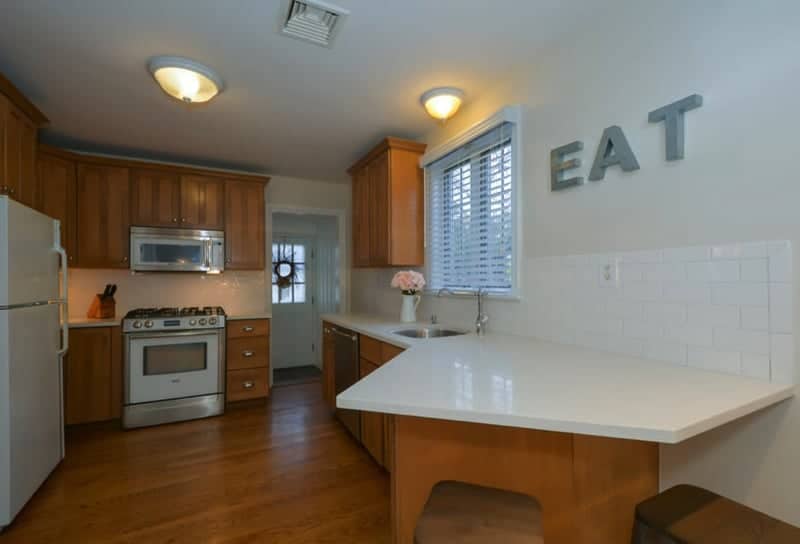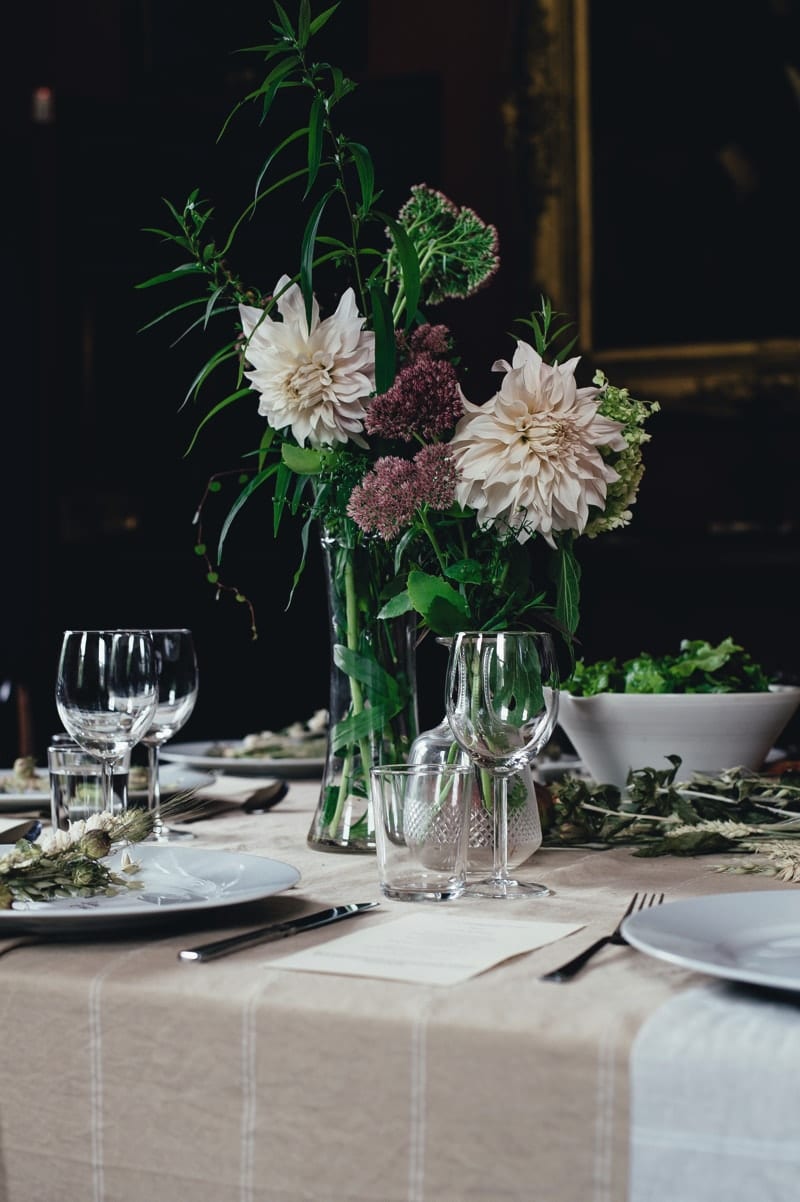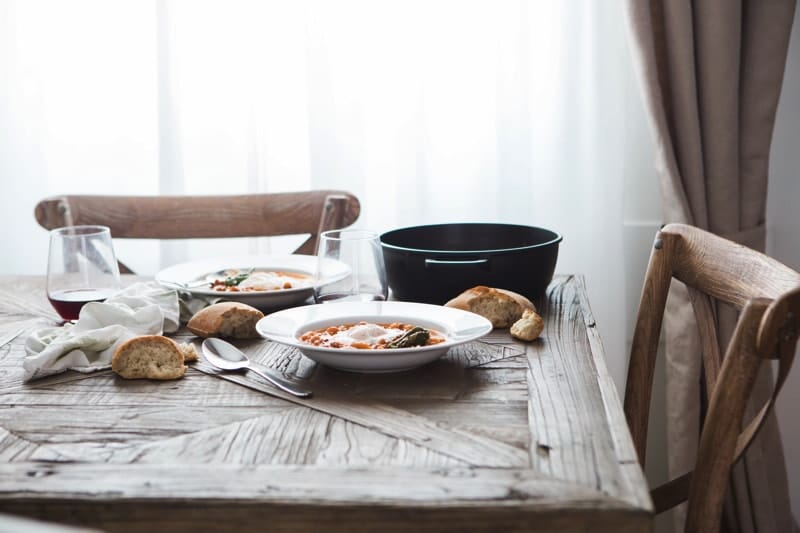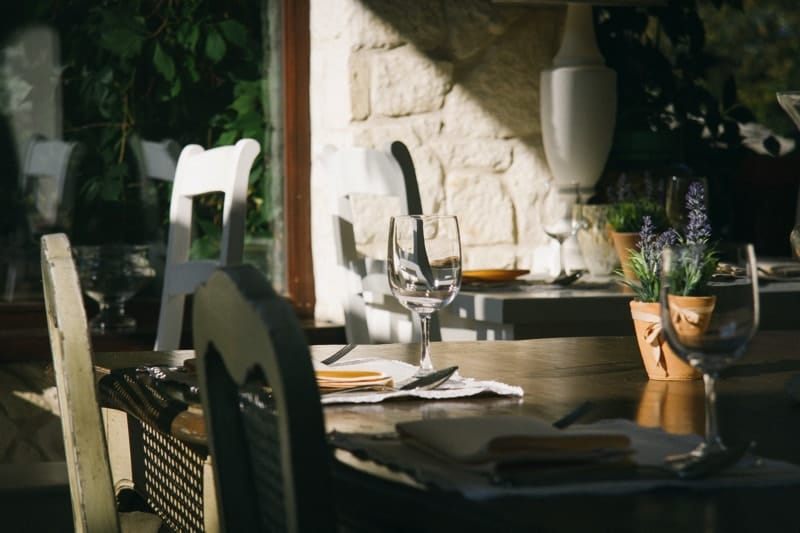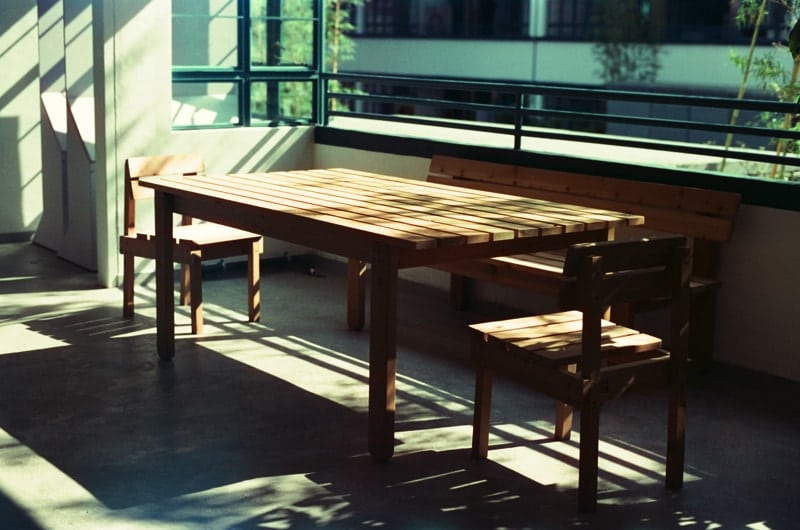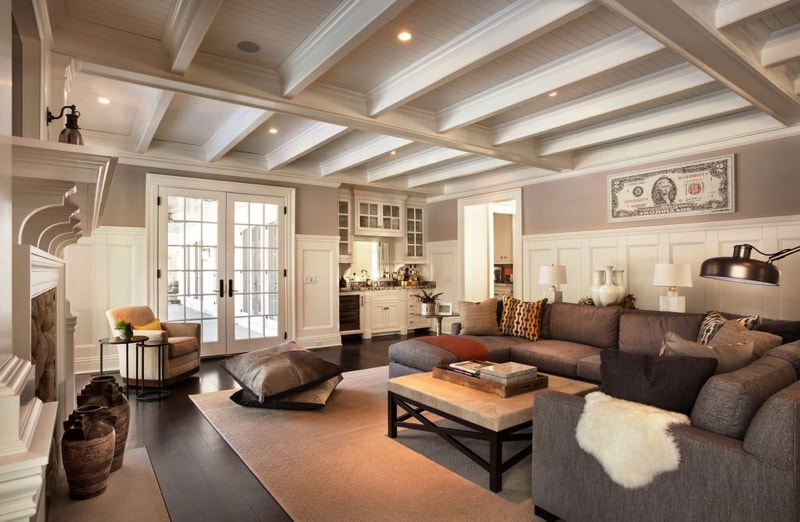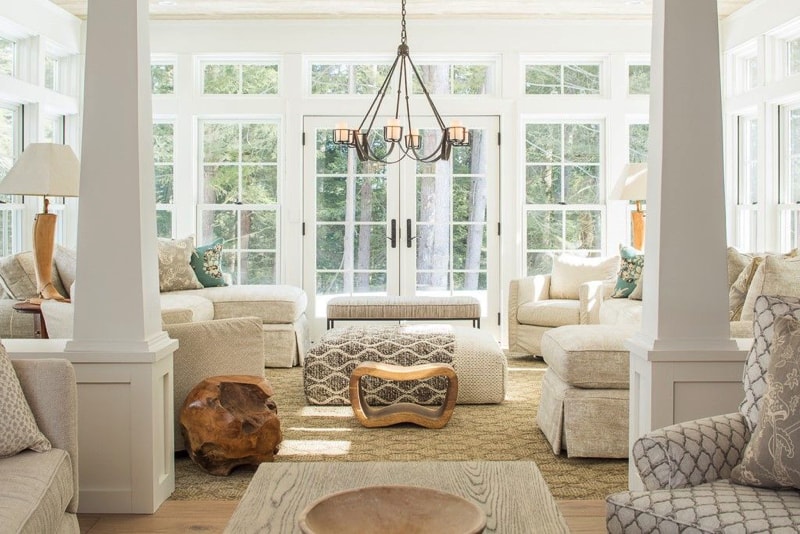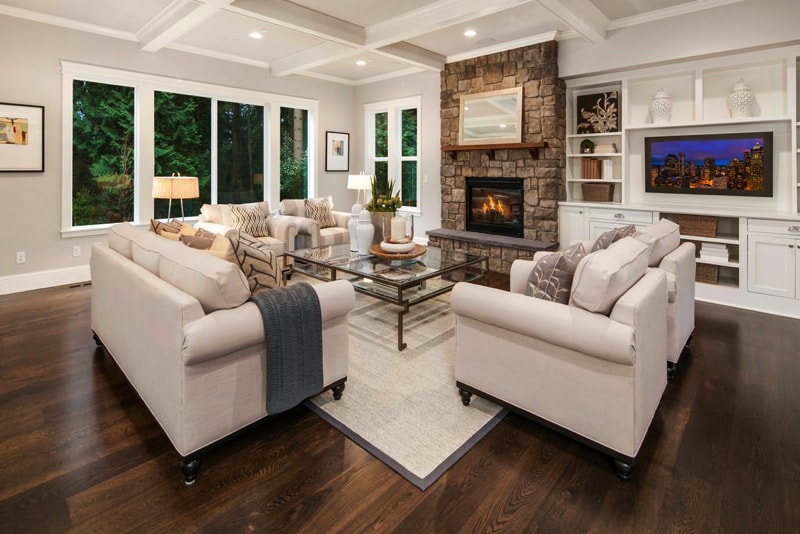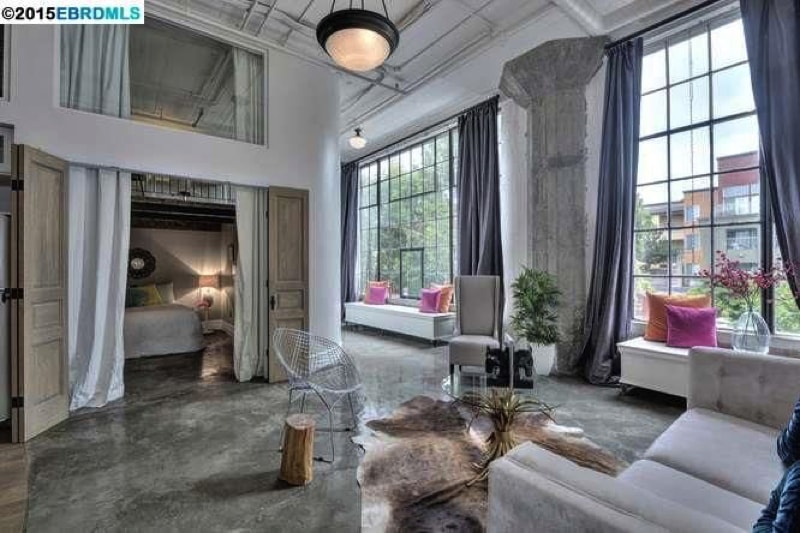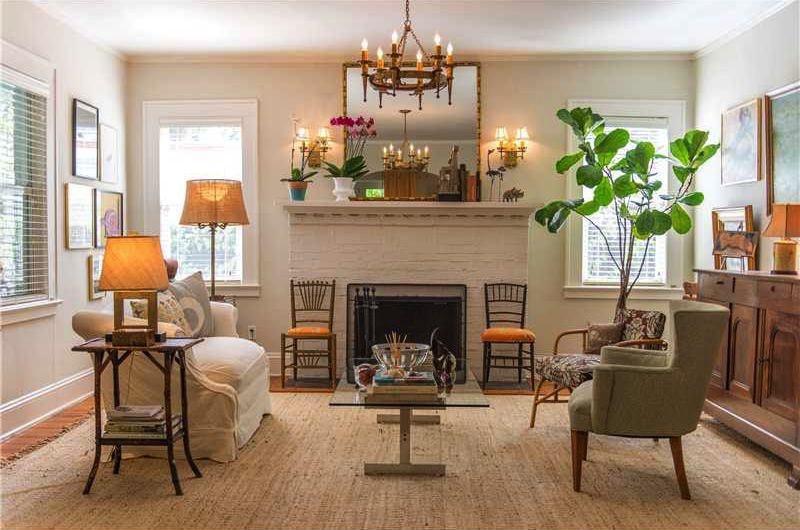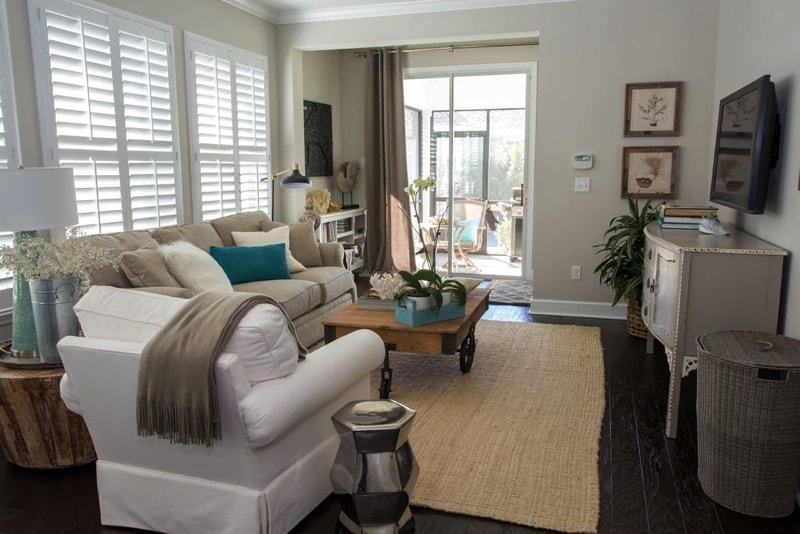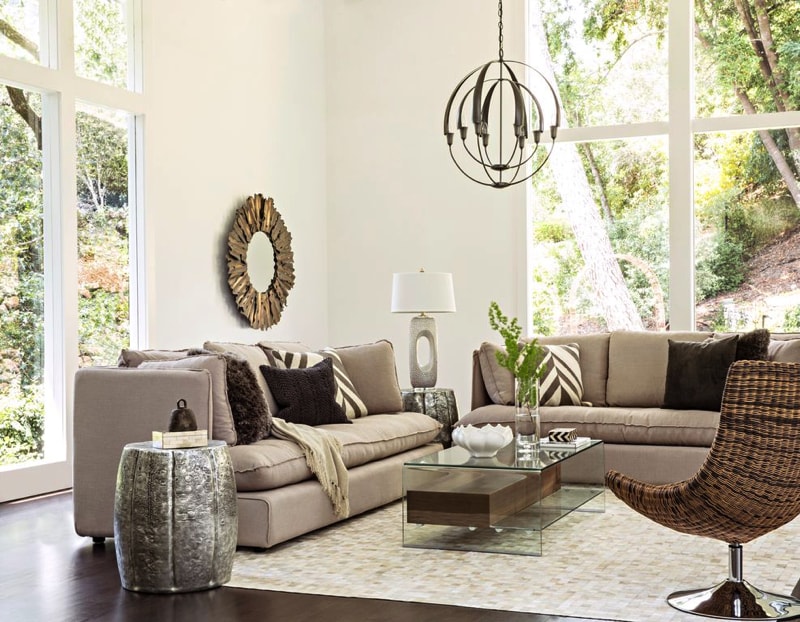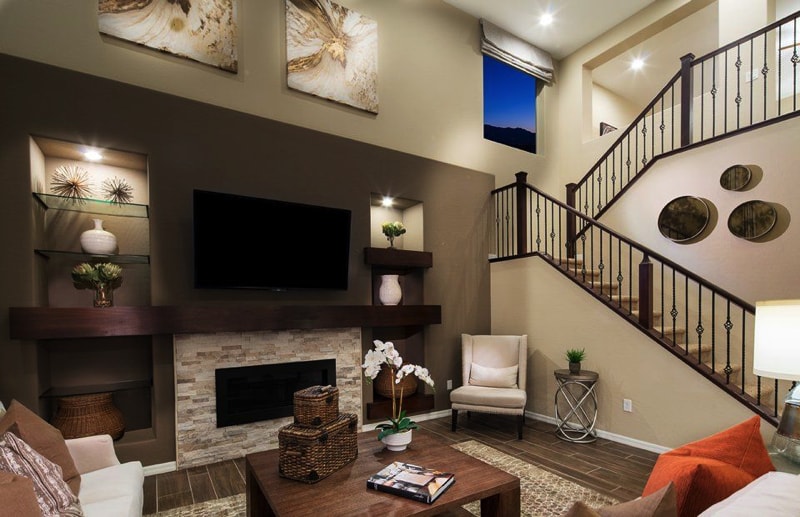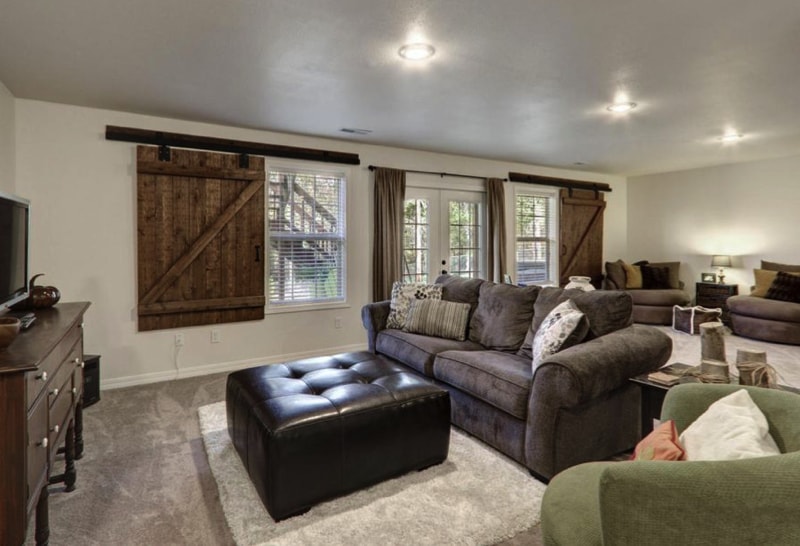 Living Room Furniture Ideas: 10 Tips To Choosing The Right Furniture For Your Home
Living Room Furniture Ideas: 10 Tips To Choosing The Right Furniture For Your Home
Let’s face it, walking into a room full of mismatched woods and finishes is enough to make anyone question the style – let alone those with a keen eye for design, so we’d like to share with you 10 essential tips for choosing living room furniture.
Keep Wood and Finishes Consistent
Keeping your choice of woods and finishes consistently throughout your room (or even your home) can provide the visual continuity our eyes crave, while also contributing to the overall style.
The Oak furniture company have a rule guide for mixing and matching finishes and surfaces which provides insightful tips and great detail in this area of expertise.
 Keep Furniture In Scale Within The Room
Keep Furniture In Scale Within The Room
If there’s one thing that contributes to our senses in a room, it’s scale.
Striking a good balance of scale in a room can be the difference between cozy and claustrophobic, therefore it’s important to select your furniture in relation to the size of your room.
A tiny room is going to feel oppressive and enclosed if you’ve used large furniture, which is the opposite of what you want from your living area.
The same goes for particularly large rooms – having small furniture (unless you have lots of it) just isn’t going to look right.
Featuring a larger sofa in a large room is a great way to fill the space a bit more (and give you an excuse to invite more friends over).
For high ceilings, try filling that abundant, overhead space with a large chandelier or suspending your lighting from a longer cable so it’s closer to the floor.
 Consider Your Existing Color Scheme
Consider Your Existing Color Scheme
As the old saying goes “Only fools rush in.”
Before purchasing your new furniture, ensuring that the color of the piece fits with your existing scheme can save you a lot of extra headache, time, money and most importantly an eyesore.
Fortunately, in this age of digital solutions, we are never far from a program or app that can help make our lives easier.
Using a color app like Adobe colour or Coolors can help you select colors you like, find colors that work and let you save color schemes for later.
Coming soon, emerging augmented reality applications (no, we’re not talking about Pokemon Go) to let you try furniture pieces before you buy.
Yes, a new app from Augment will let you augment furniture into your room through your iPhone or tablet.
Perfect for serious interior designers (or maybe you just redecorate a lot).
 Less Is Always More
Less Is Always More
The Romans gave us the bathtub, the British gave us the Chesterfield and the Scandinavians gave us… interior minimalism.
Yes, the art of decorating a home using as few elements as possible, minimalism is increasingly popular in interior design for this style’s ability to highlight stark contrasts and create the feel of endless space.
Now, we’re not telling you to go all out minimal, as that is largely unachievable for the majority of homeowners, parents, busy professionals, and people who can’t justify buying all white furniture.
What you should do however is to focus on uncluttering – removing elements in your room that aren’t absolutely necessary, then focusing your attention on specific key elements that make a statement.
 Choose Your Materials Wisely
Choose Your Materials Wisely
Believe it or not, selecting which materials to feature in your home takes a bit more forethought than one might think.
Choosing a sofa for example; would you choose fabric simply because it fits with your style?
No, you’ve got to think a bit further ahead when it comes to materials. A fabric sofa might be your style, but if you use it a lot, is it going to age as well as a leather sofa?
Can I clean a leather sofa as easily as a fabric one?
These are the kinds of questions that you need to be asking yourself when considering materials.
The same can be said for the walls: should you use standard matte, heavy-duty, or wallpaper?
Well, it all depends on if you have children, pets etc.
They will be the ones that define which materials are most suitable.
 Measure Twice, Buy Once
Measure Twice, Buy Once
Like the old carpentry proverb, this one certainly rings true for interior designers or anyone purchasing new furniture: always measure the space in which your furniture will go.
This will not only save you time but money and stress too.
This is especially true for sofas. After all, you’re investing the next 5-10 years in a seat that will not only have to look stylish and feel comfortable but also fit in terms of scale and position.
 Don’t Mix And Match Clashing Patterns
Don’t Mix And Match Clashing Patterns
The pattern is one of the most useful elements in an interior designer’s arsenal and done right, it can provide an interesting, eye-catching texture that draws the eye.
Done wrong however and it could end up looking like a nightmare straight from the mind of William Morris.
Pattern is best utilized as a filler of empty space; for example, a patterned rug on a bare floor provides relief from the lack of detail.
The distressed paint job on a bookcase provides a sense of visual texture that you can almost touch with your eyes.
Getting creative with pattern and texture is necessary when introducing interest into a room…
Just don’t go overboard.
 Maintain A Flow Through The Room
Maintain A Flow Through The Room
Maintaining an uninterrupted flow of energy through a room or space is one of the fundamental rules of feng shui – and for good reason.
This energy, or ‘chi’ as the Chinese know it is thought to be an invisible life force coursing through and around us and things that are blocking and cluttering your living space is ‘blocking’ the flow of chi through your room.
If not for feng shui purposes, then maintaining a flow through your room and your home is important for ease of movement, helping you feel light and unrestricted – and that’s always a beneficial state to be in.
 Trust Your Taste
Trust Your Taste
Whether designing the interior décor for your own home or for a client, it is important you trust that well-honed instinct that is your taste.
If you’re unsure as to what your style is or interested in finding out what kind of taste in interiors you have, then Houzz has a handy quiz that will figure out your style.
The questions are a bit unordinary, but follow it through to find your style.
I got coastal, which is fine by me!
 Be Unique
Be Unique
Above all, be unique in your design!
There are too many generic styles and copycats out there, so figure out what you like most out of different interiors, experiment with combining those elements and putting them together until you get something that not only looks good but makes you happy every time you see it!
About The Author:
Sofa Sofa are based in Wales and have been designing and building sofas in their workshop for over 30 years – along the way, they have picked up a thing or two about interior design.


